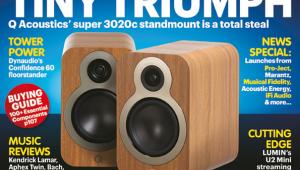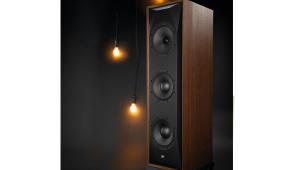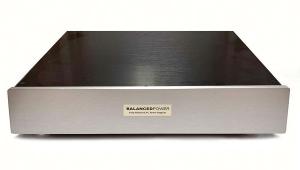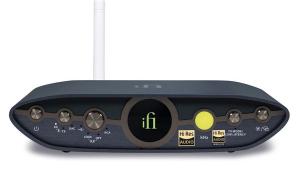Cyrus unveils new XR series

The company explains: “In designing these products from the ground up, the engineers were able to create an exceptionally low noise platform, through power supply design, DAC optimisation, component choice, circuit topology, as well as some more fundamental design approaches.”
The range also boats a new aesthetic with all the products in the XR series wrapped in a new Phantom Black finish while the user interface incorporates capacitive touch buttons with audible feedback. The new UI also includes a high-resolution LCD screen and solid metal rotary encoder.
The i7-XR and i9-XR amplifiers are built with relay input switches and Schottky diodes, which Cyrus claims: “grant a far greater burst power capacity, enhancing the amplifier’s ability to accurately track the music signal and leading to much lower levels of distortion.”
Another new feature includes user-selectable DAC filters, which can be changed on the front of the product or via the remote control. The i7-XR costs £2,300, produces 2x 52W per channel and has a dynamic range of 101dB. The £3,000 i9-XR produces 2x 91W per channel, with a dynamic range of 104dB.
Both amps are fully integrated with four analogue and five digital inputs (two optical, two coaxial, one USB), a new software update port and pre and fixed-level outputs, as well as dual speaker outputs on the back panel. To cater for the continued growing popularity of vinyl, both amps feature a built-in moving-magnet phono stage.
The £4,000 Pre-XR utilises a new power supply design with high-value reservoir capacitors, which Cyrus says make it: “extremely stiff and robust.” The transformer is also a new custom design. The net result of this is a claimed dynamic range performance of 110dB and a bandwidth capable of handling files up to 32-bit/768kHz as well as DSD files. It also features a built-in phono stage.
As for the CD players, the CDt-XR (£2,200) and CDi-XR (£2,000) both feature a new power supply design and bespoke transformers, and employ twin microprocessors. One chip handles all the user interface and housekeeping, while the second is dedicated to running the SE engine. Cyrus explains: “This prevents crucial timing information from being interrupted by the processor being asked to do other things.”
There is also a new physical loader and a re-clocking circuit to reduce jitter. In terms of board layout, flow and return principles have been applied to the DAC section and the signal path throughout the entire player. Other features include new filter stages and a second-generation QXR DAC specifically optimised to 16-bit/44.1kHz. Both players can be upgraded with the addition of the PSU-XR (Price tbc), which Cyrus says: “takes outboard power supply design to a whole new level. It is a truly intelligent power supply with its own on-board microprocessor. It is also unbelievably flexible, adding substantial sound quality benefits to any hi-fi system.”
The microprocessor communicates with the host product to gather its exact power requirements. The PSU-XR can supply up to three separate circuits on each host product at any of 256 digitally controlled voltage levels for precise matching.
In addition, Cyrus adds: “The power supply itself in the PSU-XR is as isolated as possible from extraneous noise. There is no common ground inside the PSU-XR, grounds only meet inside the host products, and even here at places where current flow is minimal. This prevents the power circuits from inadvertently infecting the musical signal.”
The new XR series is available to buy now and you can find out more about it here.
 |
Inside this month's issue:
Ruark R610 music system and Sabre-R standmount speakers, PMC twenty.23i Active, floorstanders, English Acoustics Downton preamplifier, Bluesound NODE ICON preamp/streamer, Ortofon Concorde Music Blue MM cartridge and much, much more
|




































